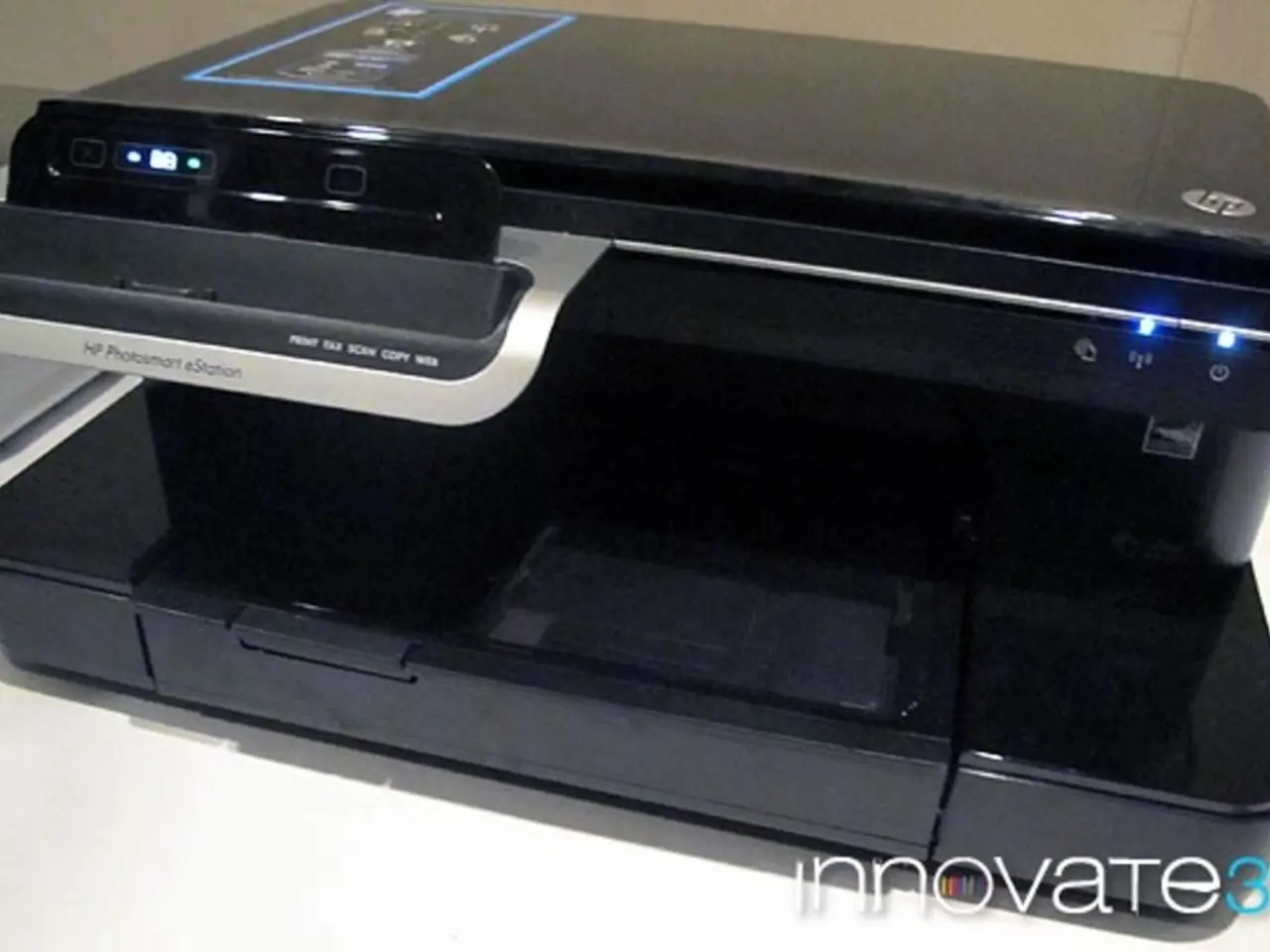Best Practices to Optimize Kubernetes Storage Classes
In the realm of container orchestration, Kubernetes offers Persistent Volumes (PVs) for strong data persistence in stateful applications. This news article provides a guide on automating and optimizing storage provisioning with Kubernetes StorageClasses.
### Understanding StorageClasses
StorageClasses in Kubernetes serve as a means to define the type of storage you wish to use, such as SSD or HDD storage. They are instrumental in creating PVs that can be dynamically provisioned for PersistentVolumeClaims (PVCs) in your cluster.
### Automating Storage Provisioning
The process of storage provisioning can be automated with Kubernetes StorageClasses. Here's how:
1. **Dynamic Provisioning**: Enable dynamic provisioning of PVs using StorageClasses. This allows Kubernetes to automatically create a PV when a PVC is requested.
2. **External Provisioners**: Some StorageClasses rely on external provisioners to manage the volume lifecycle. These provisioners can be part of a cloud provider's service or third-party tools like Rook for Ceph.
3. **StorageClass Definitions**: Define your StorageClasses based on your storage needs. For instance, you might have one for SSD storage and another for HDD storage. Here's an example of how you might define a StorageClass for SSD storage:
```yaml apiVersion: storage.k8s.io/v1 kind: StorageClass metadata: name: fast-ssd provisioner:
4. **PersistentVolumeClaims (PVCs)**: Use PVCs to request storage from the defined StorageClass. PVCs are used by Pods to request storage resources.
```yaml apiVersion: v1 kind: PersistentVolumeClaim metadata: name: pvc-ssd spec: accessModes: - ReadWriteOnce resources: requests: storage: 100Gi storageClassName: fast-ssd ```
### Optimizing Storage Provisioning
To optimize storage provisioning, consider the following practices:
1. **Optimize StorageClass Configuration**: Ensure that your StorageClasses are optimized for performance based on your workload. For example, use SSDs for high-performance workloads and HDDs for less demanding tasks.
2. **Use Resource Limits and Requests**: Ensure that your Pods request the appropriate amount of resources (CPU, memory, storage) to optimize resource utilization and reduce waste.
3. **Autoscaling**: Use Kubernetes autoscalers like Horizontal Pod Autoscaler (HPA) or Vertical Pod Autoscaler (VPA) to dynamically adjust pod resources based on workload demand.
4. **Volume Binding Modes**: Use `WaitForFirstConsumer` volume binding mode with local StorageClasses to ensure that the PVC binding decision is evaluated with other node constraints, such as node resource requirements.
5. **Real-time Rightsizing**: Use tools that can automatically manage pod resources in real-time to ensure that resources are allocated based on actual usage rather than static thresholds.
### Best Practices
- **Monitor Usage**: Regularly monitor storage usage to identify areas for optimization. - **Use Efficient Storage Types**: Choose storage types that match your workload's performance requirements. - **Avoid Over-Provisioning**: Use real-time automation tools to manage resources and prevent over-provisioning.
By following these steps and best practices, you can efficiently automate and optimize storage provisioning in your Kubernetes environment. Tools like Prometheus, Grafana, and the Kubernetes metrics API can be used to monitor and visualize storage-related metrics.
Technology plays a crucial role in the efficient management of storage in container orchestration, particularly when using Kubernetes. With StorageClasses, users can define the type of storage they need, such as SSD or HDD, and create PersistentVolumes (PVs) that are dynamically provisioned for PersistentVolumeClaims (PVCs) in the cluster. This technology enables automation of the storage provisioning process, ensuring resources are allocated effectively and eliminating unnecessary waste. Optimization strategies, like choosing efficient storage types and real-time automation, further enhance the performance of the system.




